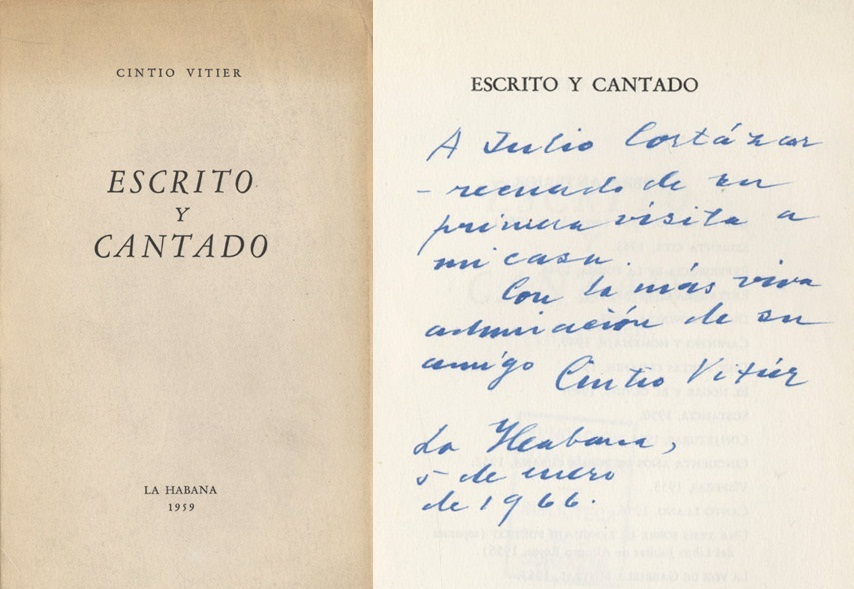4.1.2.9.8 The poetry collection “Written and sung”, 1959, Cintio Vitier (1921 – 2009)

Although this collection of poems was published by Cintio Vitier in 1959, the texts it contains actually date from the period 1954–1959, which is why it is best studied as part of the Republican period. The collection expresses a transcendent optimism that explores the realm of oral tradition as a universal language that the poet uses to convey the good news of his reconquered faith.
In this text, topics that were essential to his previous poetic production resurface, such as that of poverty, which demonstrates a link with his social reality. While it does not aim at the exegesis of his circumstances, it does attempt to bear witness to what is happening, thus delving into reality but with a more lucid perspective, tempered by his ethical and purely poetic inquiries.
The strangeness that reality once aroused in him has been giving way to another poetic attitude, first of mere contemplation but later of immersion in the life that flows with all its promises of plenitude, he pauses at the arborescent, at the flowering, enraptured by vegetal growth in a general sense, the fertility of nature, from which he draws his divine breath.
Also included in this notebook is his poem “La luz del Cayo,” in which he refers to what, by mere historical accident, was his homeland, Key West. However, the verses are replete with archetypal Cuban elements, where palm trees, the sea, and so on, help to weave an identity that also bears a historical reminiscence of the magical rock from which so much contributed to forging independence.
At this stage, the prophetic quality of Vitier’s verse becomes more evident: threads of previously scattered lyrical water converge toward the sea of advent, among them poverty as material sorrow and the emptiness of reality to fill every crevice of his soul. Having crossed the historical threshold of ’59, Vitier’s poetics would turn to a collective song that has not yet ceased.








